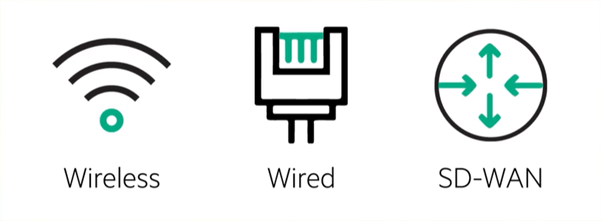
The as-a-service (aaS) model is a common strategy for many companies working with compute and storage because it allows for more flexibility and financial efficiencies, while reducing operational costs. As the market continues to pivot toward expanded aaS models, it's critical to understand the underlying technologies used to build these new solution offerings.
Networking as a Service (NaaS) has made considerable gains in the past year, with system integrators, service providers, and their customers achieving positive results. NaaS allows partners to offer a compelling solution inclusive of devices and network management, while allowing consumers to defer the capitalization and resources needed to support the network infrastructure. But with any new way of doing business, the devil is in the details. You must consider the underlying technology to ensure the new infrastructure delivers the functionality you need.
For example, low-cost, low-function solutions may technically answer a customer's need for Ethernet ports and warning lights, but they may remove capabilities such as Radio Frequency (RF) spectrum management or east-west DCN (Data Center Networking) security segmentation that the company needs to support their business requirements. These limited capability solutions can have detrimental effects on a company's ability to support current requirements and restrict their ability to implement critical technologies in the future.
Experience has shown that when comparing solutions, ROI is determined by weighing the technological benefit against the required investment. NaaS should be reviewed the same way—using both the financial aspect as well as the technological capability to reach the actual ROI, independent of whether it is a capital expenditure or a NaaS offering.
Regardless of how you purchase NaaS, it is important to ensure the offering provides the features and functionality required because comparing NaaS offerings goes beyond the monthly charges for the technology itself. With NaaS, it is as much about what hardware you are using as it is about the operational capabilities. Hardware does matter.
Read the NaaS overview for partners.
Related Resources




